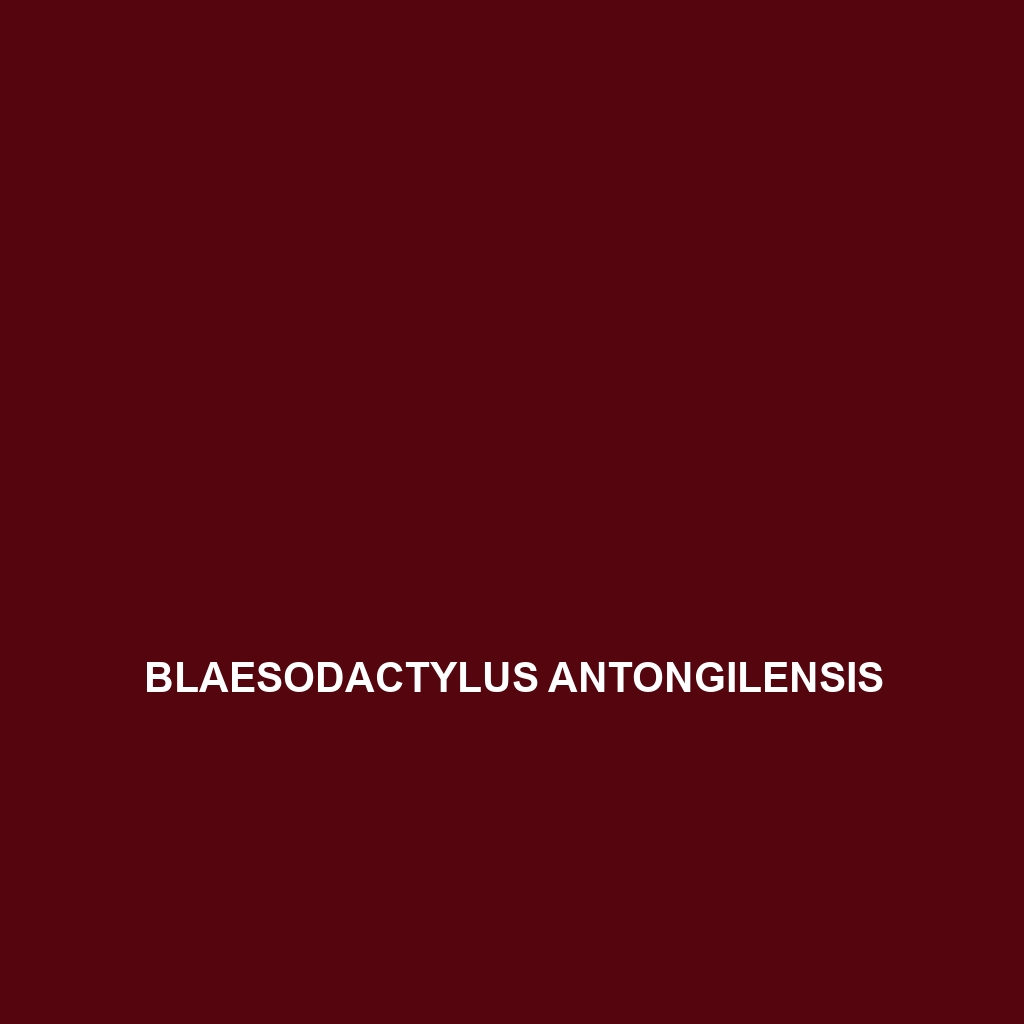Description of Blaesodactylus antongilensis
Common Name: Blaesodactylus antongilensis
Scientific Name: Blaesodactylus antongilensis
Habitat: Blaesodactylus antongilensis is primarily found in the dense rainforests of Madagascar, particularly in the Antongil Bay region. These geckos inhabit humid tropical forests and are often located in leaf litter and on tree trunks. The species thrives in warm, moist environments with ample cover and is sensitive to deforestation and habitat destruction.
Physical Characteristics: This species is a relatively small gecko, growing to approximately 10–15 centimeters in length. Blaesodactylus antongilensis exhibits a distinct coloration, with shades of brown and green that allow it to blend seamlessly into its forest surroundings. It has a slender body, long limbs, and large, expressive eyes, which are key features that contribute to its agility and effectiveness in its arboreal habitat.
Behavior: Blaesodactylus antongilensis is primarily nocturnal, exhibiting most of its activity at night. These geckos are known for their agile climbing abilities, making them adept at navigating their forest habitat. They display a range of behaviors, including territorial displays and vocalizations during mating season. Their camouflage and quick movements also help them evade predators.
Diet: The diet of Blaesodactylus antongilensis consists mainly of insects and other small invertebrates. They are insectivorous by nature and typically hunt during the night, preying on various species such as crickets, moths, and beetles. Their feeding habits make them important predators in their ecosystem, contributing to the control of insect populations.
Reproduction: Blaesodactylus antongilensis breeds during the wet season, which provides favorable conditions for the survival of their offspring. Females typically lay two eggs, which are deposited in sheltered areas such as rotting logs or leaf litter. After a few weeks, the eggs hatch, and the young geckos are independent from birth, showcasing limited parental care.
Conservation Status: The International Union for Conservation of Nature (IUCN) lists Blaesodactylus antongilensis as Vulnerable. Habitat loss due to deforestation and human encroachment has significantly impacted their populations, making conservation efforts crucial for their survival.
Interesting Facts: Blaesodactylus antongilensis is known for its unique adaptive coloration that allows it to camouflage effectively among the foliage of its native forest. Additionally, it is one of the lesser-known species of Madagascar, making it a subject of interest for herpetologists and wildlife enthusiasts.
Role in Ecosystem: As an insectivorous species, Blaesodactylus antongilensis plays a vital role in maintaining ecological balance by controlling insect populations. It serves as both predator and prey within its ecosystem, supporting the food web and contributing to biodiversity in Madagascar’s unique tropical forests.
